Top 10 ✔️ Hiking Clothing Quechua NH150, Waterproof Hiking 👟 Shoes, 👩 Women’s ⌛
$49.99 Original price was: $49.99.$37.99Current price is: $37.99.
- Experience the Best Quality
- The quality you expect, the service you deserve.
- The best quality products, always.
- Safe Transactions, Happy Customers

Our first price low waterproof model! These hiking boots can withstand 2 hours of walking in light rain. The rubber sole is more durable and offers more grip
CrossContact sole
The sole design is the product of a lengthy research process conducted in our laboratories, which has been combined with a special rubber formulation to optimize grip and traction. Given the variety of different needs, we always seek the best compromise between muddy off-road trails (like a forest path) and mineral trails (like a coastal path).
Waterproofing test
The footwear equipped with a membrane is laboratory and field tested to ensure optimal waterproofing and breathability. First, the shoe is immersed in water while internal air pressure is applied to check that no bubbles form on the surface of the footwear. Next, shoes are fitted to a mechanical arm that simulates walking and half immersed in water so we can test that the inside remains perfectly dry.
Designed for use on off-road trails
Our hiking shoes are designed for use on off-road trails. Indeed, we choose the components of the sole and upper of our boots and test them to ensure that they are ideally suited to hiking on loose trails (e.g. forest paths made of soil) or rocky trails (e.g. rocky coastal paths). The boots may wear prematurely and feel uncomfortable when used on roads (tarmac). They are not suitable for mountain walking.
3 levels of waterproofing
During the waterproofing test, we test 3 levels of waterproofing: 2000 flexes (around 2 hours of walking), 4000 flexes (around 4 hours of walking) and 8000 flexes (around 8 hours of walking). Naturally, after this test or in use, the boot regains its original waterproofing once dry.
The NH150 low women’s boots are waterproof for 2000 flexes.
How to maintain the waterproofing of your boots?
We recommend spraying your boots several times a year with waterproof spray to restore the original water repellent properties and prevent stains on the outside of the boot.
Laboratory test
Laboratory tests are conducted to test the following elements: tearing of the eyelets and straps, gluing, toxicology, UV resistance, abrasion of the sole and the components of the upper, accelerated aging. We use these tests to improve the quality of our products and prevent the premature wear of our hiking boots.
How to choose the correct size of hiking boot?
Try on both boots while standing, with the socks worn for hiking. Try on several models or sizes if necessary. Check the following 2 comfort points: the base of the heel and the front part of the foot going downhill. There should be no pressure points when trying them on. Don’t hesitate to walk around the store. Gradually wear in your boots over the course of a few hikes so that they conform to your feet.
The boot/sock combination plays an important role.
There are many causes of blisters when hiking: rubbing, a crease in the sock, moisture, a boot size that is too small or too big, etc.
It is therefore important choose the right size and to have socks made of the right material for your hiking boots.
How to choose the right size of hiking socks?
You must choose the right sock size for your foot so that there are no additional creases in the sock: either because the sock is too big resulting in too much material around your foot, or because the sock is too small resulting in extra material getting pulled inside the boot.
How to choose the right hiking boot material?
Moisture must be effectively managed when hiking: this is often unavoidable given that we perspire.
If your boot is breathable, it will eliminate the moisture of your perspiration: in this case, you need to choose a lightweight sock that is also breathable
If your boot is relatively waterproof, you will need to make a different choice to protect yourself from rainwater: it is preferable to buy socks that will absorb perspiration, to keep the moisture as far away as possible from your foot.
What socks should you wear with the NH150 boot?
Although the waterproof membrane of these boots is breathable, they do not eliminate the moisture of your perspiration as effectively as a ventilated boot.
It is preferable to wear them with NH100 Mid socks: they contain cotton that absorbs moisture and they have a plush loop construction under the sock that keeps the moisture away from your foot. They are high enough to protect your ankle from the boot.
This is an excellent combination for reducing blisters.
Warranty
Our hiking boots are guaranteed for 2 years.
Our commitment? To offer you long-lasting products that you can use on all your country walks. Because the products we like the most are those with a story behind them that is still continuing!
Composition
Upper of : 50.0% Polyamide, Upper of : 30.0% Polyurethane, Upper of : 15.0% Polyester cationic, Upper of : 5.0% Spandex Outer sole of : 100.0% Rubber – Butadiene Rubber Lining and sock of : 70.0% Polyester cationic, Lining and sock of : 30.0% Polyurethane
Cushioning : Open-cell rubber sole for off-road trails
Grip : CrossContact sole with 4 mm lugs, made for off-road trails
Waterproof : Waterproof, breathable membrane, tested during a 2-hour hike in the rain
Comfortable fit : 5 mm thick PU sole sockliner. Ankle collar: comfortable foam
Shock protection : Synthetic stoneguard at the front of the foot to protect you from stones
Lightweight : Each boot weighs only 11.7 oz in size US W 8 (EU 39)
| Color | Carbon Gray |
|---|---|
| Size | 5, 5.5, 6.5, 7.5, 8, 9, 9.5, 10.5 |
Be the first to review “Top 10 ✔️ Hiking Clothing Quechua NH150, Waterproof Hiking 👟 Shoes, 👩 Women’s ⌛” Cancel reply
Related products
Camp Furniture
Hiking Clothing
Budget 🤩 Forclaz Trek 100 23°F Down Packable Puffer 🎒 Backpacking Jacket Hiking Clothing 🤩
Hiking Clothing
Deals 🥰 Hiking Clothing Quechua MH100, Hiking Shorts, Men’s 🤩





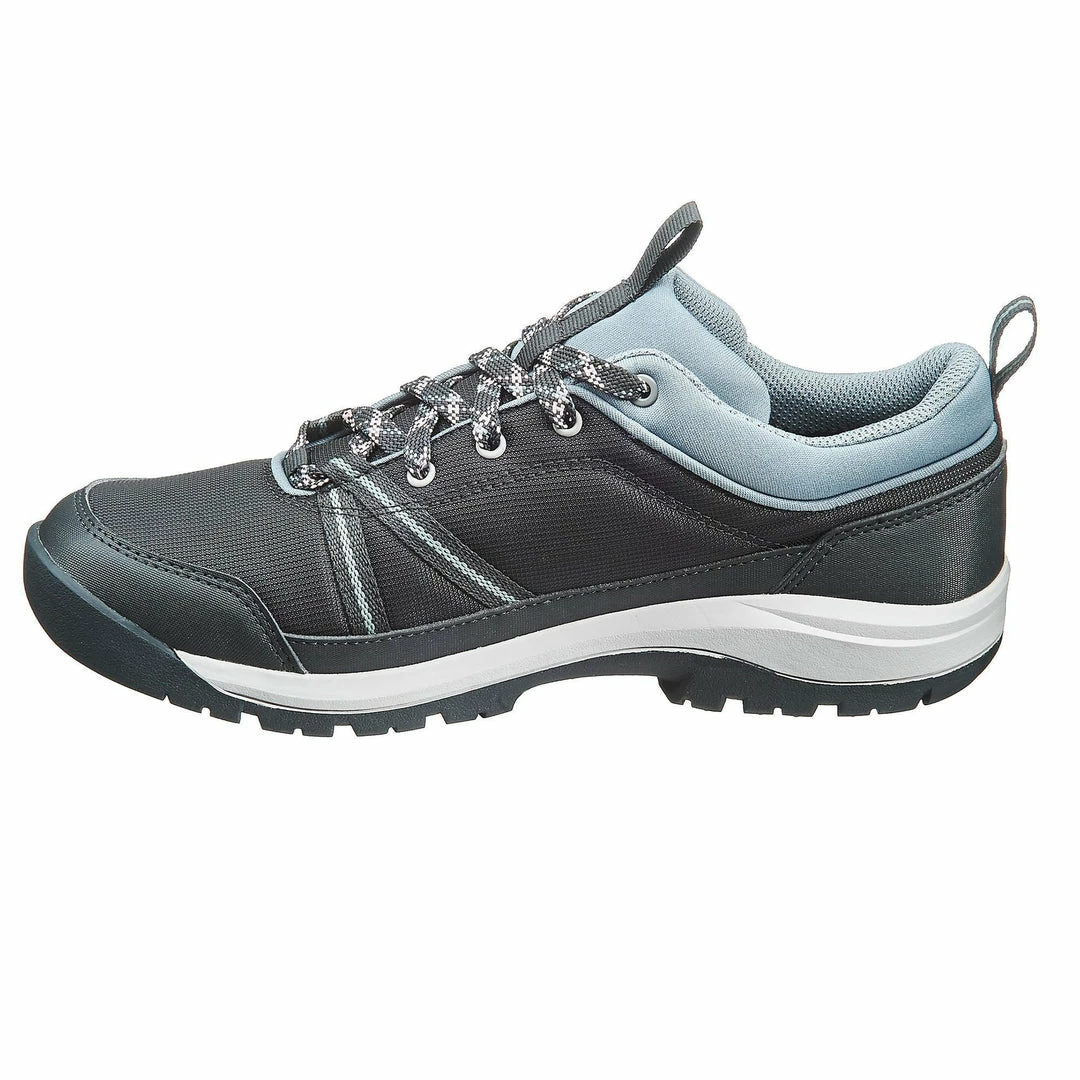
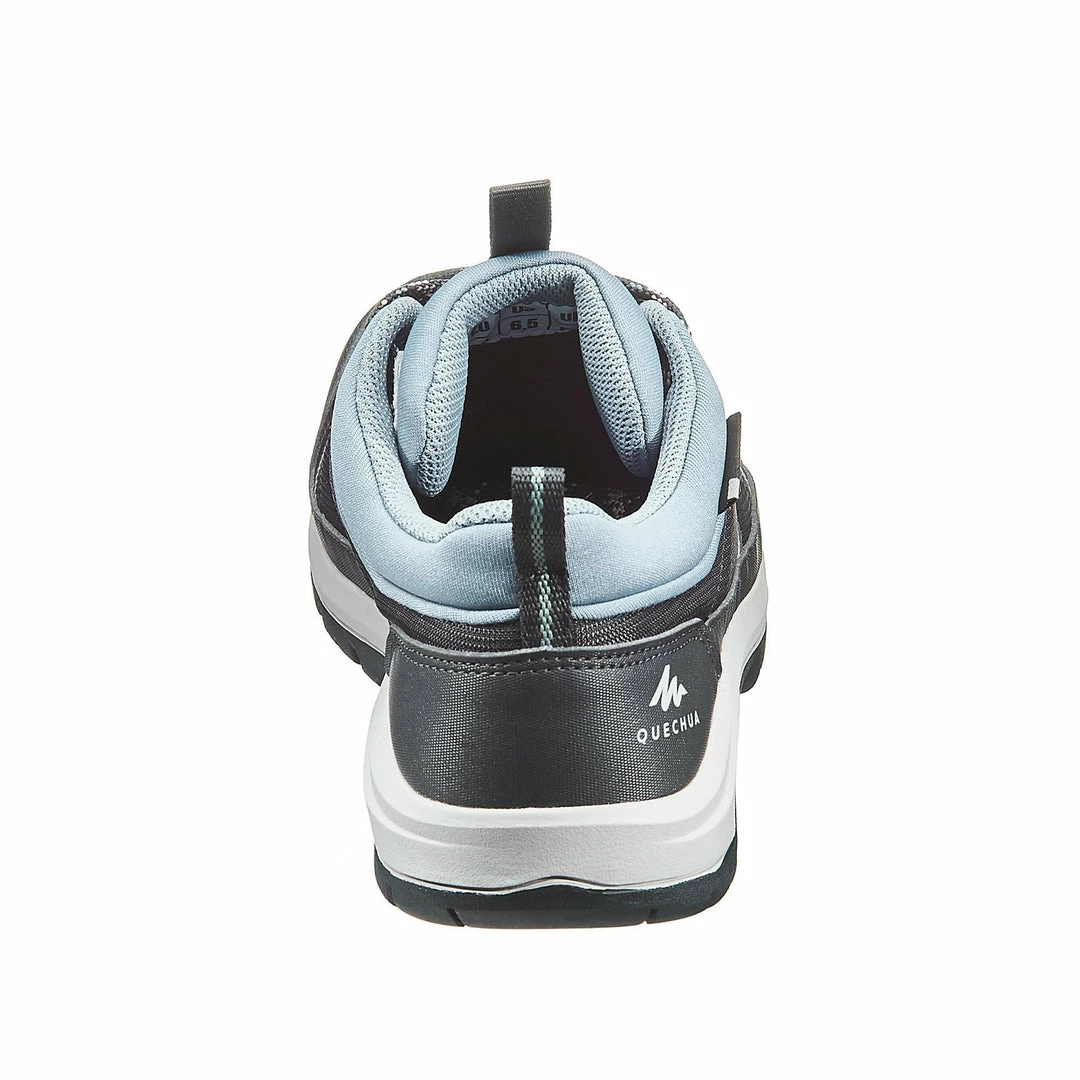
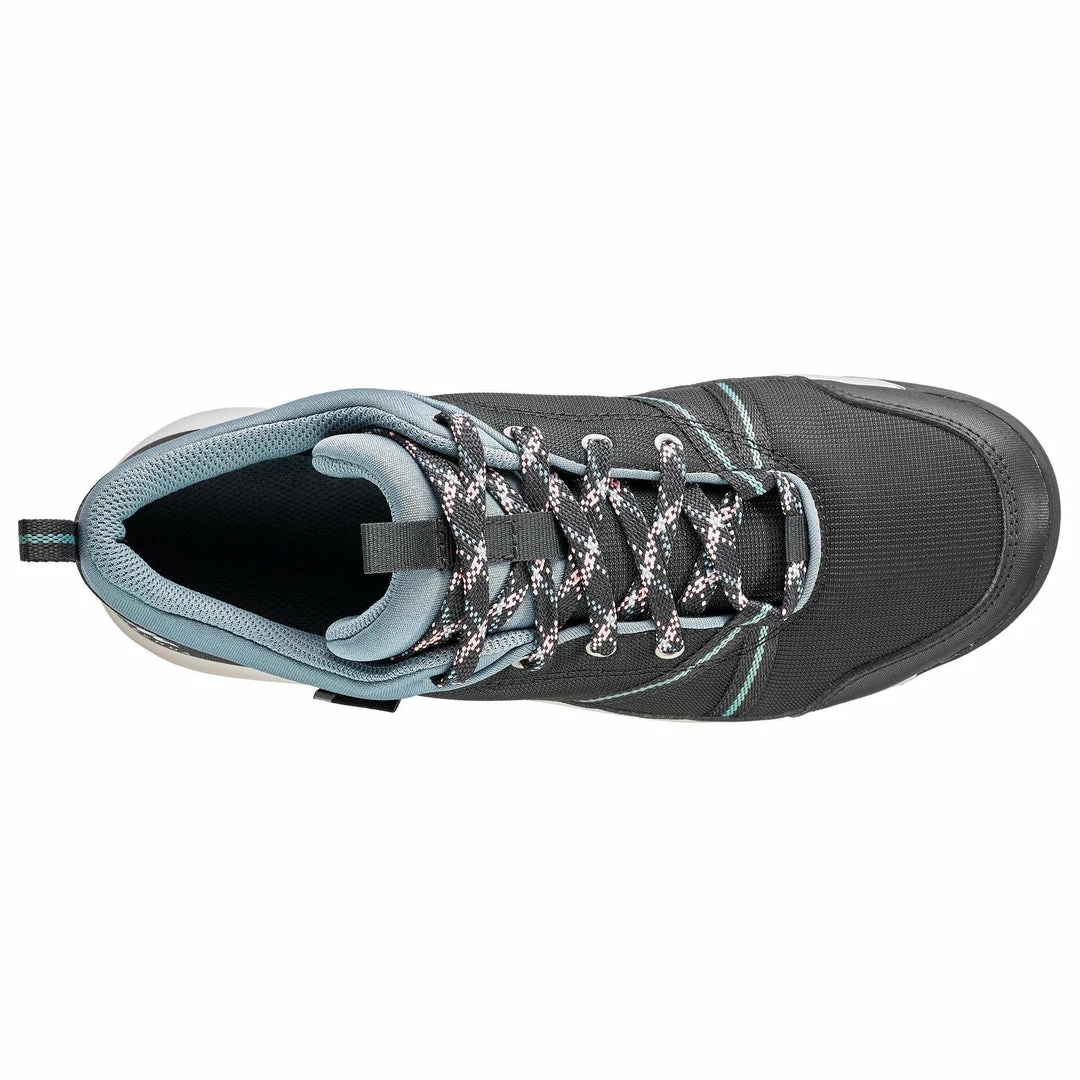
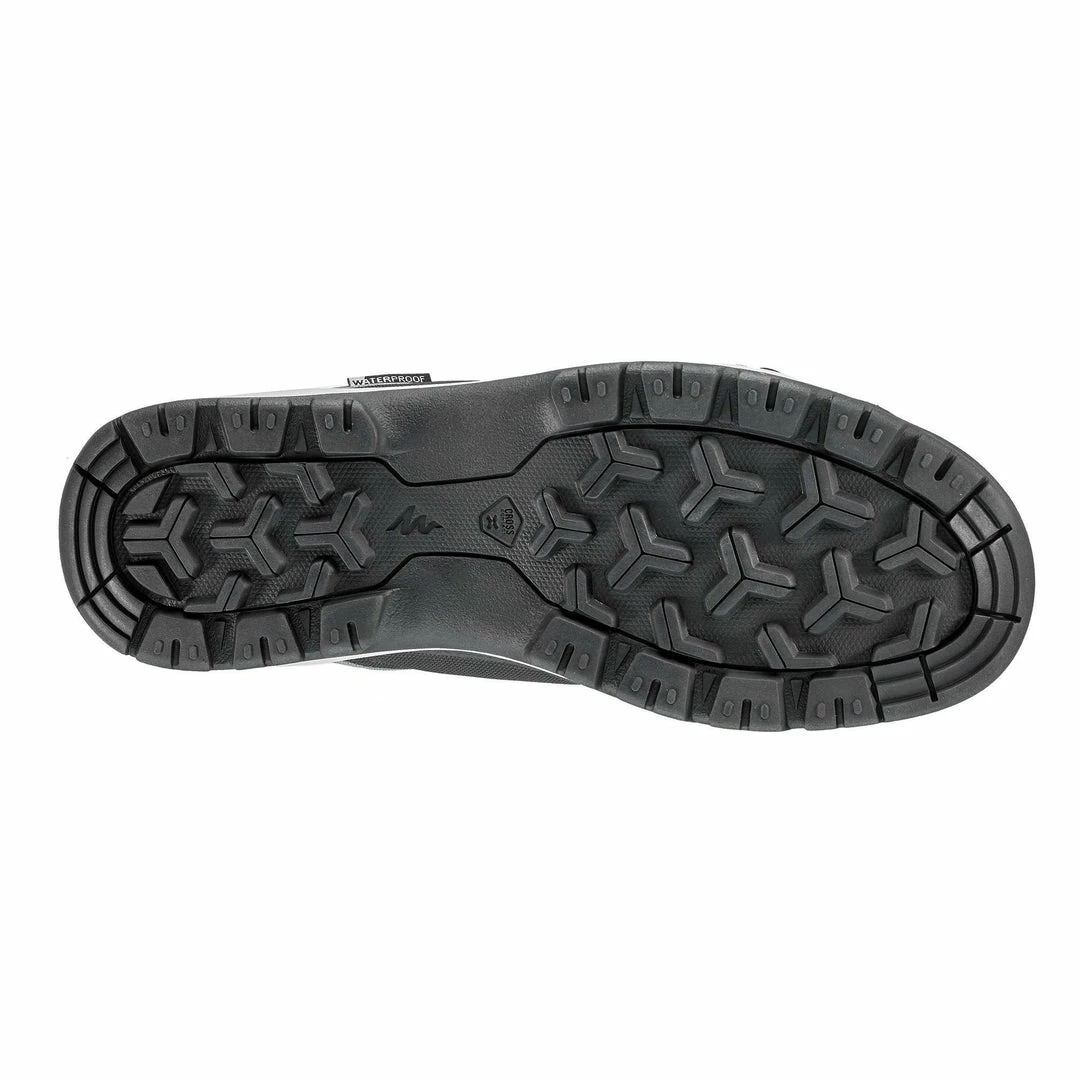
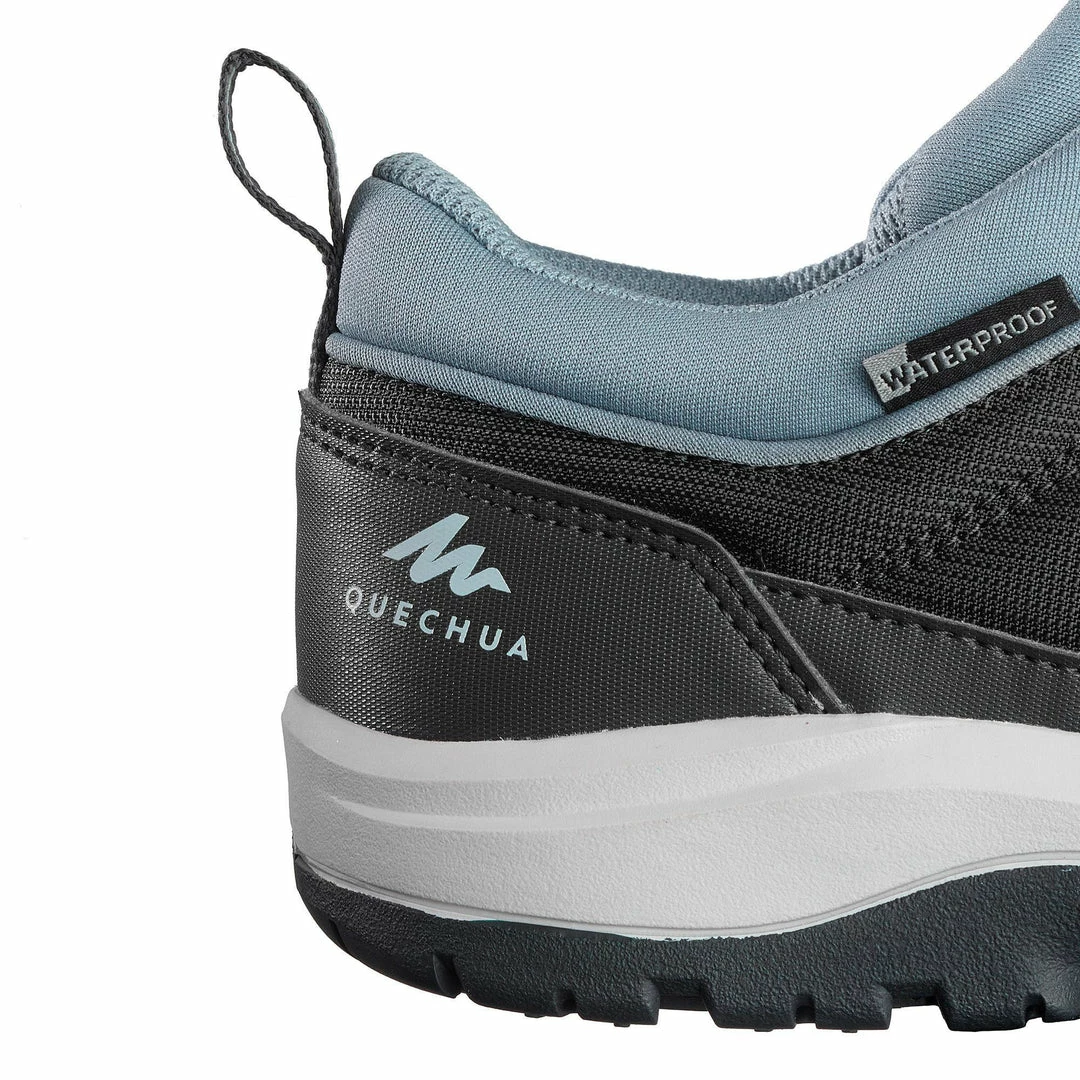
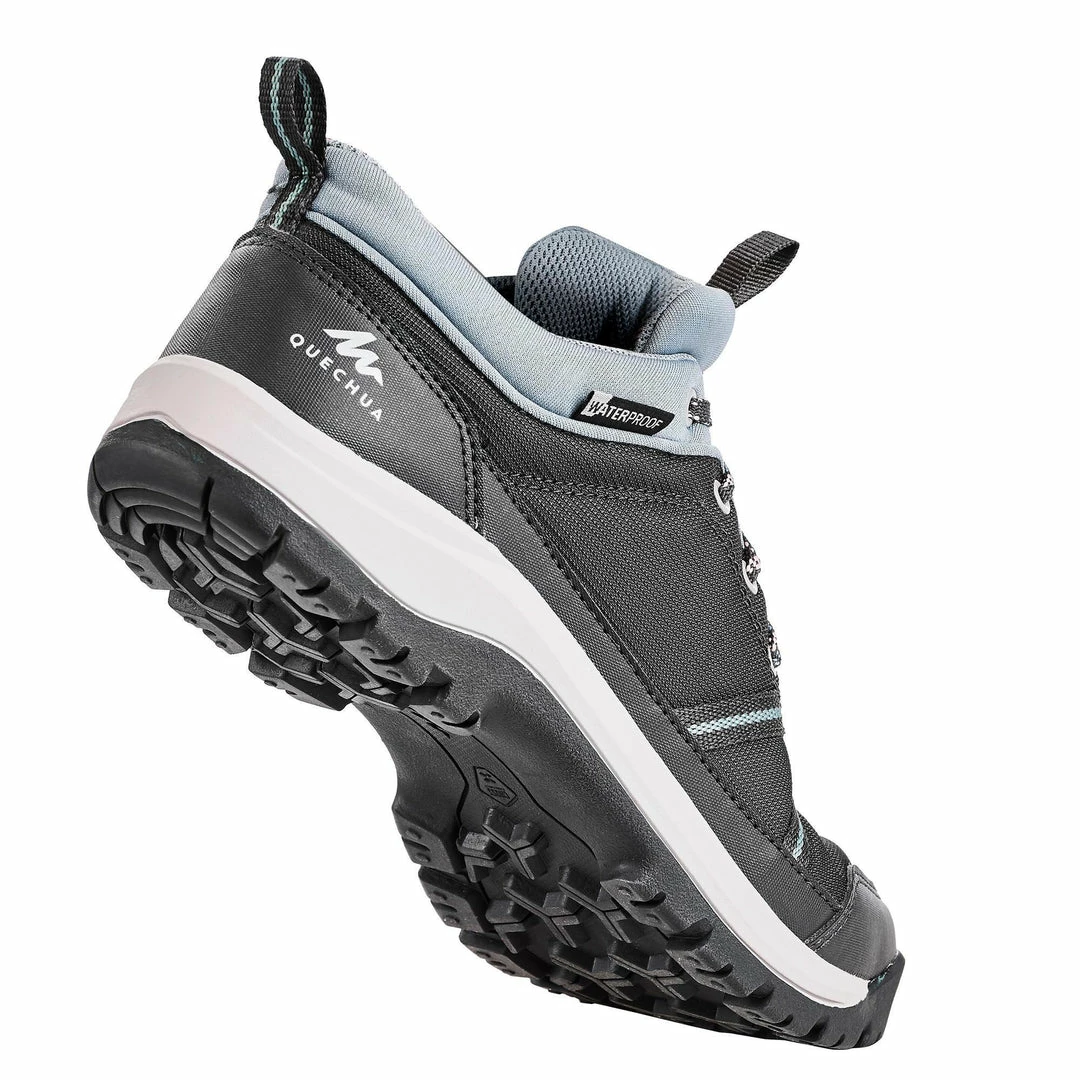

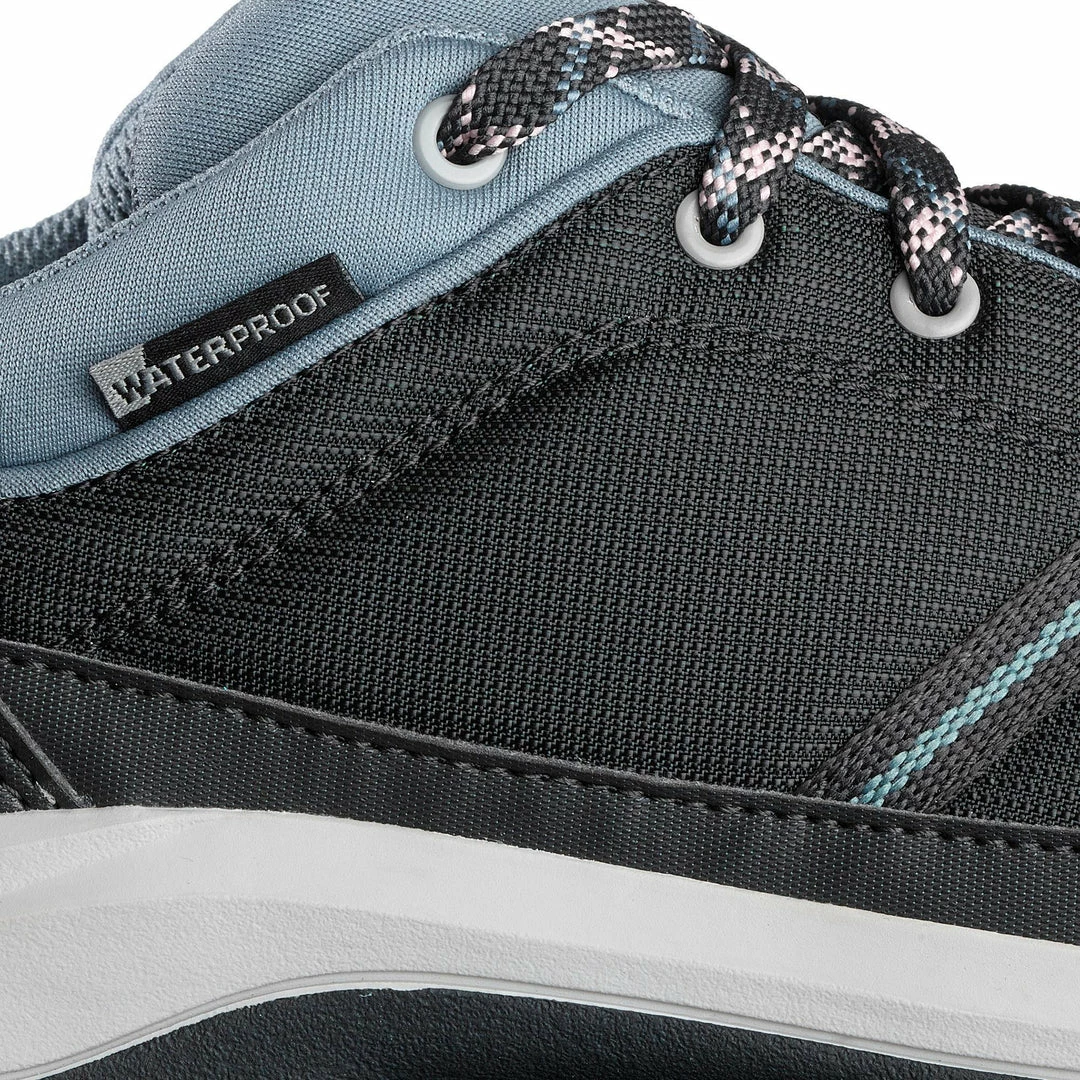
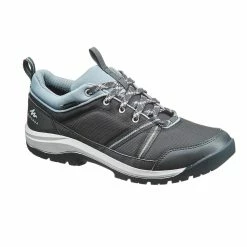

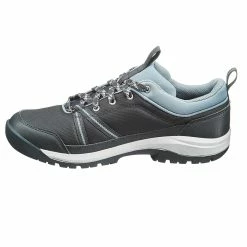



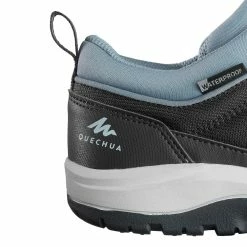
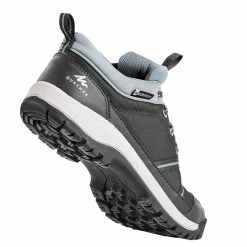
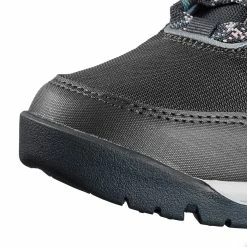
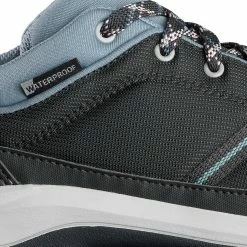

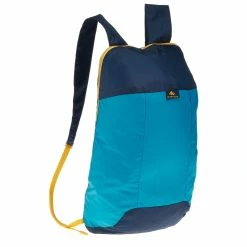














Reviews
There are no reviews yet.